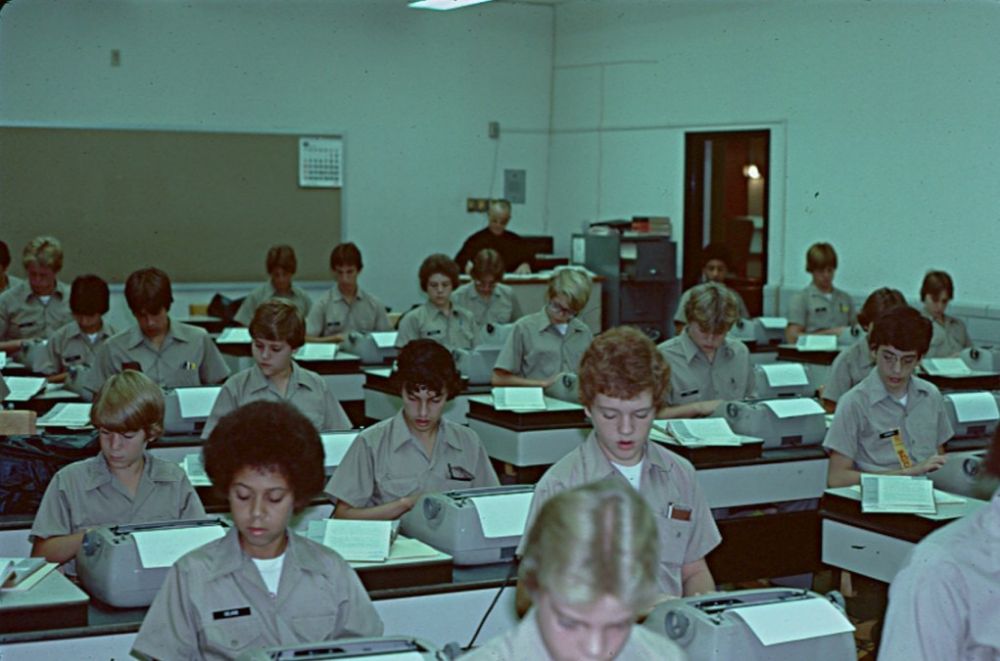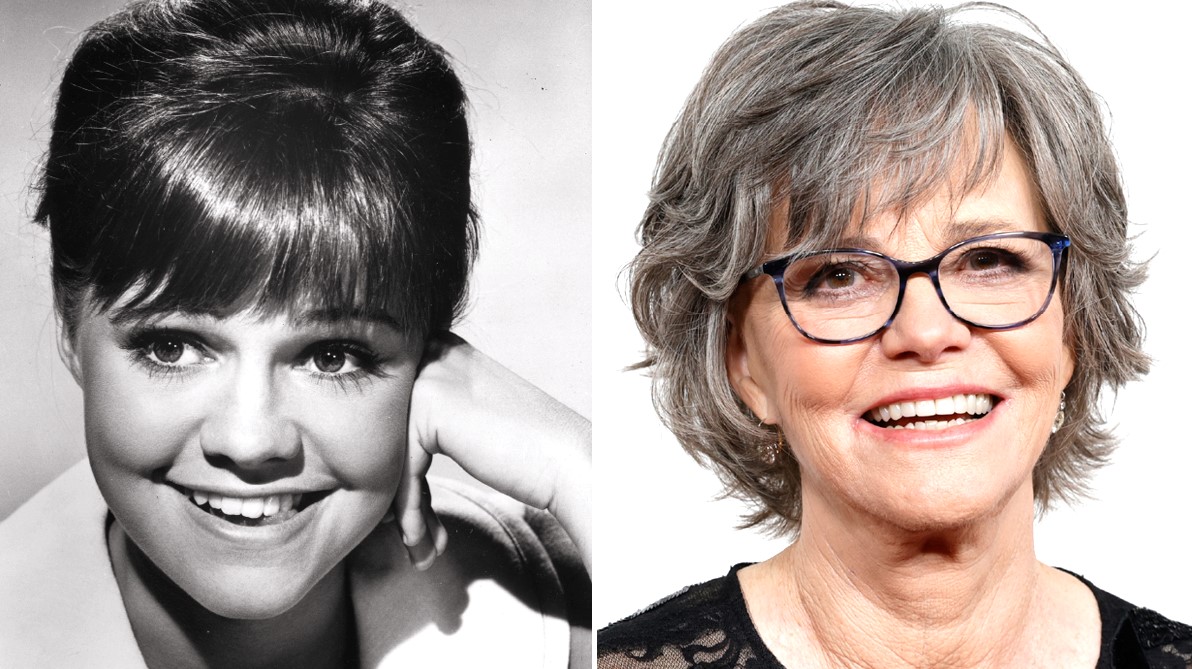Television history is replete with iconic shows that have left an indelible mark on popular culture. Among these, "Get Smart" stands as a remarkable example of a series that seamlessly blended the spy genre with slapstick comedy. A product of the mid-1960s, "Get Smart" brought espionage, gadgets, and humor to the forefront of American television, earning itself a dedicated fanbase that endures to this day. In this comprehensive article, we'll delve into the world of "Get Smart" from its inception in 1965 to its final episode in 1970, exploring the characters, humor, and cultural impact that have made it a beloved classic.
(Watch the video below)

The Birth of "Get Smart"
"Get Smart" was the brainchild of comedy legends Mel Brooks and Buck Henry. The series emerged as a satirical response to the popularity of spy-themed television shows and movies, particularly the James Bond franchise. It was Brooks and Henry's ingenious idea to take the spy genre, with all its seriousness and intrigue, and turn it on its head by infusing it with absurd humor.
The show's central premise was both simple and brilliant. It revolved around the bumbling, inept secret agent Maxwell Smart, played by the incomparable Don Adams. Smart, working for the fictional spy agency CONTROL, was tasked with thwarting the nefarious plans of the villainous organization KAOS. At first glance, Maxwell Smart appeared to be the epitome of the suave, sophisticated spy archetype popularized by James Bond. However, the comedy lay in the stark contrast between Smart's self-assured demeanor and his utter incompetence.
The Characters

Don Adams portrayed the iconic Maxwell Smart, whose character epitomized the show's unique brand of humor. With his catchphrase, "Would you believe...," Smart often found himself in improbable and hilarious situations. Despite his clumsiness, he always managed to save the day through a combination of sheer luck and the unintended consequences of his bizarre gadgets.
Agent 99, portrayed by the talented Barbara Feldon, was Smart's partner and love interest. She was the epitome of competence, often being the one to rescue Smart from his own blunders. Agent 99 was a trailblazing character for her time, showcasing intelligence and independence while providing a strong female presence on the show.

Edward Platt played the long-suffering Chief of CONTROL, who frequently had to navigate Smart's blunders and exasperating behavior. Despite his stern exterior, the Chief held a soft spot for Smart and was often a source of sage advice.
"Get Smart" featured a memorable rogues' gallery of KAOS agents, each with their own comical quirks. From the deadpan Hymie the Robot to the diabolical Siegfried, played by Bernie Kopell, the villains added an extra layer of absurdity to the series.

A hallmark of the spy genre is the assortment of high-tech gadgets that agents use to complete their missions. "Get Smart" took this trope and cranked it up to eleven with its array of absurd and often malfunctioning gadgets. Some of the most iconic gadgets included:
Maxwell Smart's shoe phone was perhaps the most famous of all the gadgets. It was a fully functional telephone hidden inside his shoe, leading to comical situations as he tried to conduct covert conversations in public places.

The Cone of Silence was meant to provide privacy for sensitive discussions. However, it often malfunctioned, leading to misunderstandings and hilariously frustrating conversations.
One of Smart's shoes was equipped with an assortment of tools and gadgets, though they often proved more hazardous to him than helpful.
For undercover work, Smart had an inflatable suit that could rapidly transform him into various disguises. The humor came from the suit's tendency to inflate at inopportune times.
The Humor

"Get Smart" was renowned for its sharp, witty writing and impeccable comedic timing. The humor spanned a wide spectrum, from clever wordplay to slapstick comedy. Don Adams' deadpan delivery of absurd lines added an extra layer of hilarity. The show's writers, including Mel Brooks and Buck Henry, masterfully blended satire with absurdity to create a unique brand of comedy.
One of the recurring comedic devices was Smart's penchant for using absurd measurements like the "cone of silence" or "would you believe" scenarios. These exaggerated elements added to the zany atmosphere of the show, making it a constant source of laughter.
Cultural Impact

"Get Smart" found immediate success upon its debut in 1965. It tapped into the zeitgeist of the mid-1960s, a period marked by political tensions and Cold War paranoia. In this context, the show's satirical take on the world of espionage struck a chord with audiences looking for an escape from the serious geopolitical issues of the time.
The show also contributed to the enduring popularity of spy-themed entertainment, paving the way for later parodies like the "Austin Powers" series. In fact, elements of "Get Smart" can be seen in numerous spy comedies and satirical works that followed.
Awards and Recognition

"Get Smart" received critical acclaim and several awards during its run. Don Adams won three Primetime Emmy Awards for Outstanding Continued Performance by an Actor in a Leading Role in a Comedy Series for his portrayal of Maxwell Smart. The show itself received the Primetime Emmy Award for Outstanding Comedy Series in both 1967 and 1968, cementing its status as a comedic powerhouse.
Legacy

The influence of "Get Smart" on comedy and spy-themed entertainment is undeniable. It remains a beloved classic, cherished by fans who appreciate its unique blend of humor and satire. The show's enduring popularity has led to revivals, including a 2008 feature film adaptation starring Steve Carell as Maxwell Smart.
"Get Smart" continues to be celebrated through reruns and digital streaming platforms, introducing new generations to the comedic genius of Don Adams and the creative brilliance of Mel Brooks and Buck Henry. Its timeless humor and unforgettable characters ensure that "Get Smart" will remain a staple of American television for years to come.
Conclusion

"Get Smart" (1965-1970) remains a testament to the enduring power of humor and satire. Its ability to lampoon the spy genre while simultaneously paying homage to it created a show that was both ahead of its time and timeless. With its unforgettable characters, absurd gadgets, and razor-sharp wit, "Get Smart" remains a classic that continues to captivate audiences and inspire laughter, proving that sometimes, the best way to tackle the serious business of espionage is with a healthy dose of comedy.


